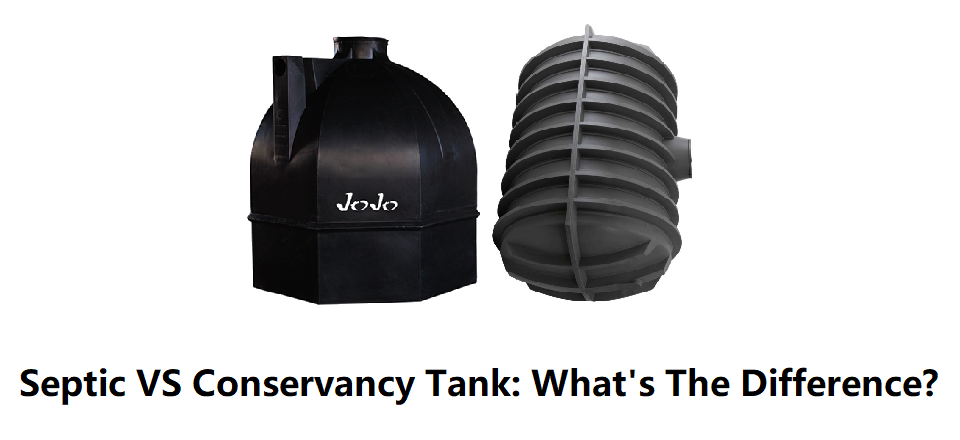Septic VS Conservancy Tank: What's The Difference?
If you’re about to design or start on a new build here in the Overberg, you will inevitably be faced with the choice on how to dispose of your building’s sewage. This is quite an important decision if you’re about to settle in one of our smaller towns where there are limited to no municipal sewerage systems available.
Generally speaking, sewage is dealt with in three ways in South Africa:
- It can be sent to a septic tank and soakaway where bacteria work on it and reduce the volume.
- It can be sent to a conservancy tank where the sewage is periodically removed by a ‘honey sucker’.
- It can be sent via a reticulation system to a municipal treatment plant.
There are a few subtle yet important differences between septic tanks and conservancy tanks that will affect which of these two options are chosen.
Cost isn’t the only factor
Poly conservancy tanks are slightly more expensive than equivalent capacity septic tanks. However, septic and conservancy tanks can also be constructed with conventional concrete and brickwork which is rendered impervious, both inside and out. In that case, the cost will be more or less equal. In both cases, the positioning of the sewage tank should be considered.
Size matters
The advantage of a septic tank is that, if correctly sized, it may last for 10 years or more without any intervention. However, for septic tanks and soakaways, you will have to order a compulsory percolation test to be carried out within the area where the proposed soakaway system will be located to prevent groundwater contamination. This percolation test needs to be done in accordance with SANS 10400 PART P DRAINAGE (PP10 Conservancy Tanks, Septic Tanks and French Drains). Another disadvantage of a septic tank is that an arbitrary increase in the number of people per household, may overload the septic tank - with unpleasant results. Also refer to the Ground Water Protocol here.
It is an advantage of conservancy tanks that they can be pumped out regularly, preventing any chance of overloading. However, there must be a dedicated service provider in the area and the cost of this service should also be taken into account. Your conservancy tank should also be positioned in such a way that there is easy access to the tank for the sewage removal truck.
Doing the research
Here are a few handy references to assist you in your choice:
Contact Omega Consulting Africa (Pty) Ltd if you have any questions.







.jpg?width=200&height=94)



























